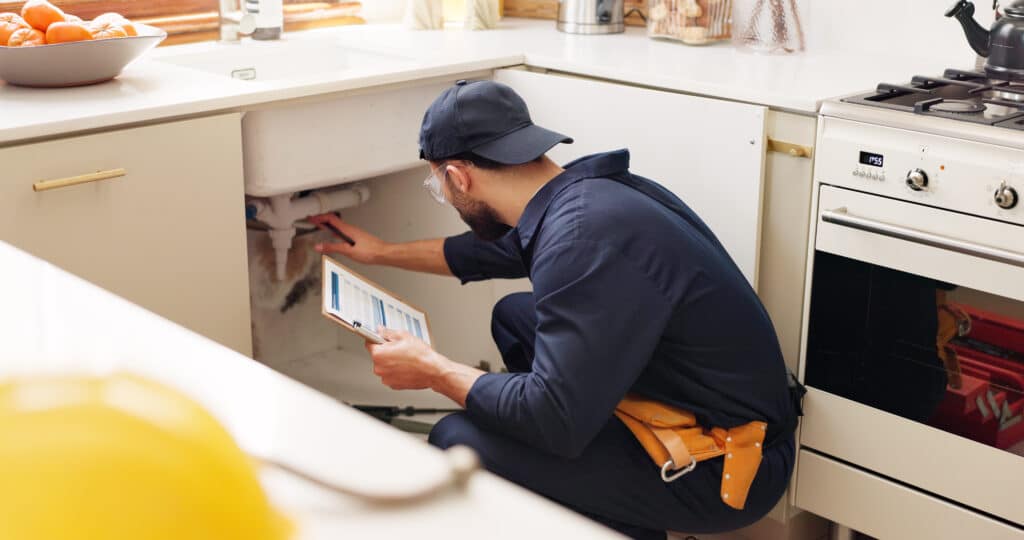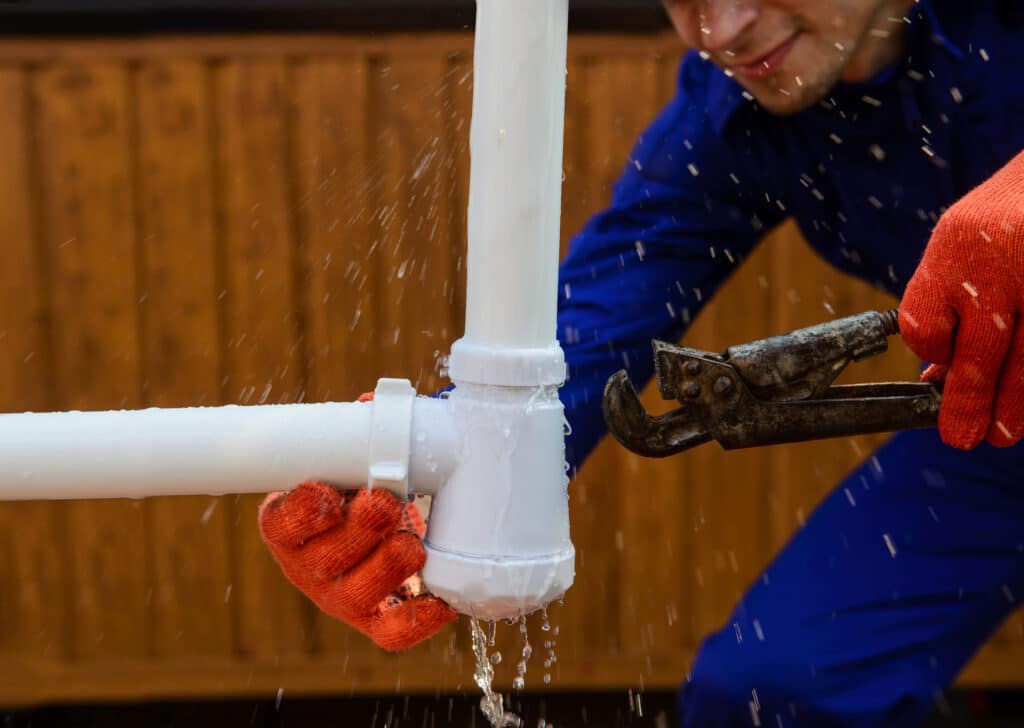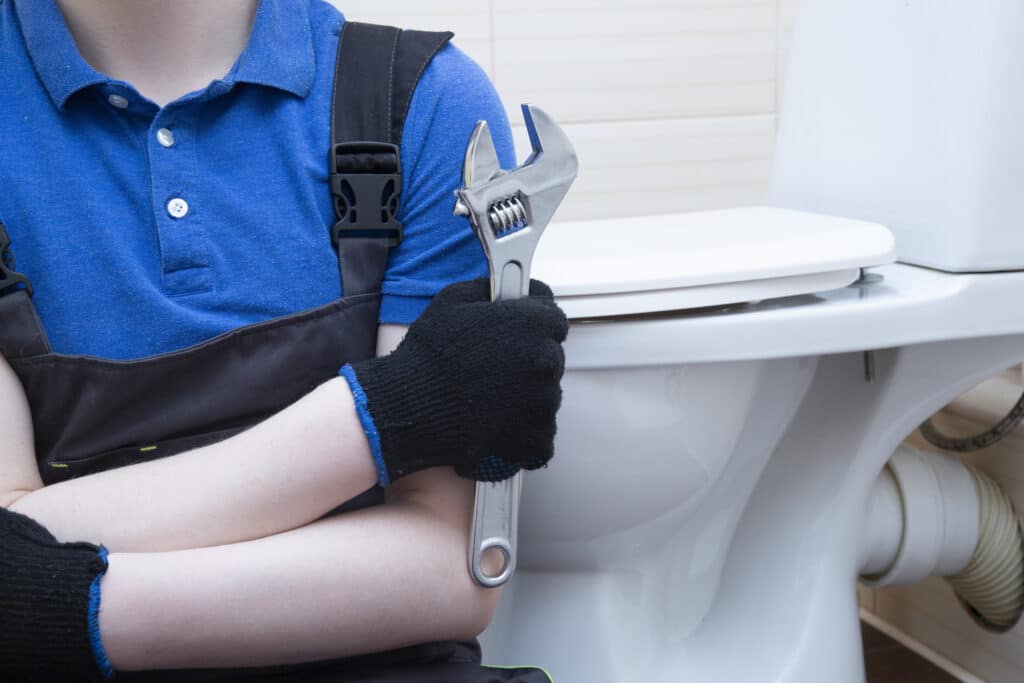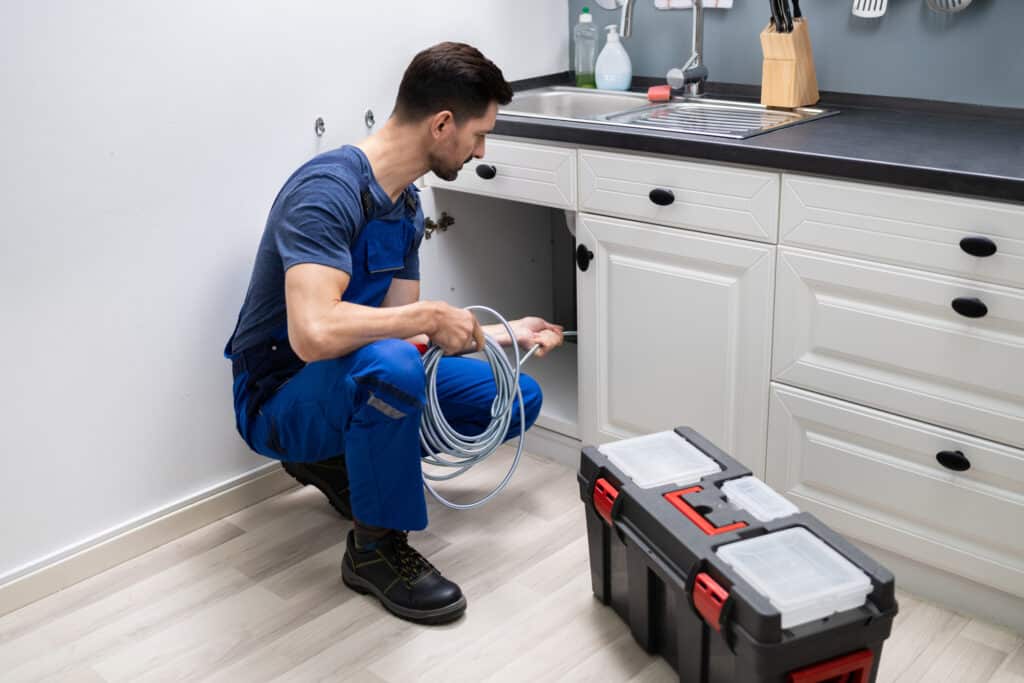The Benefits of Upgrading to a Tankless Water Heater in 2025
A tankless water heater is a modern solution for homeowners seeking energy efficiency and convenience. As technology advances, 2025 is the perfect time to upgrade to a system that provides endless hot water while reducing energy costs. Many homeowners in Briar, TX are making the switch to enjoy lower utility bills and a more sustainable home.
Unlike traditional water heaters with storage tanks, tankless models heat water on demand. This means you won’t run out of hot water, even during peak usage times. Whether you’re taking back-to-back showers or running multiple appliances, a tankless system ensures a continuous supply.
Beyond convenience, upgrading in 2025 makes sense due to improved efficiency standards and potential rebates. Many energy-conscious homeowners are looking for ways to cut costs and reduce their environmental impact. A tankless system offers a long-term solution that aligns with these goals.
In this article, we’ll explore the benefits of switching to a tankless water heater. We’ll cover energy savings, performance, space efficiency, and more. By the end, you’ll have a clear understanding of why upgrading to a tankless water heater is a smart choice for your home.
What is a Tankless Water Heater?
A tankless water heater is an advanced heating system that provides hot water on demand without using a storage tank. Unlike traditional models, which continuously heat and store water, tankless systems heat water only when needed. This process eliminates standby heat loss, making them more energy-efficient.
These water heaters use either gas burners or electric elements to heat water as it flows through the unit. When a hot water tap is turned on, cold water travels through the system, where it is instantly heated before reaching the faucet. This ensures a continuous supply of hot water without the limitations of a storage tank.
Homeowners in Briar, TX, are increasingly choosing tankless systems for their efficiency and reliability. Traditional water heaters can run out of hot water, especially in households with high demand. In contrast, a properly sized tankless unit can supply multiple fixtures at once, allowing for uninterrupted use.
Another advantage is their compact design. Traditional water heaters require a large storage tank, which takes up valuable space. Tankless models, however, are wall-mounted and significantly smaller, making them ideal for homes with limited storage areas.
By understanding how a tankless water heater works, homeowners can make an informed decision about upgrading. In the next section, we’ll explore how these systems help reduce energy consumption and lower utility bills.
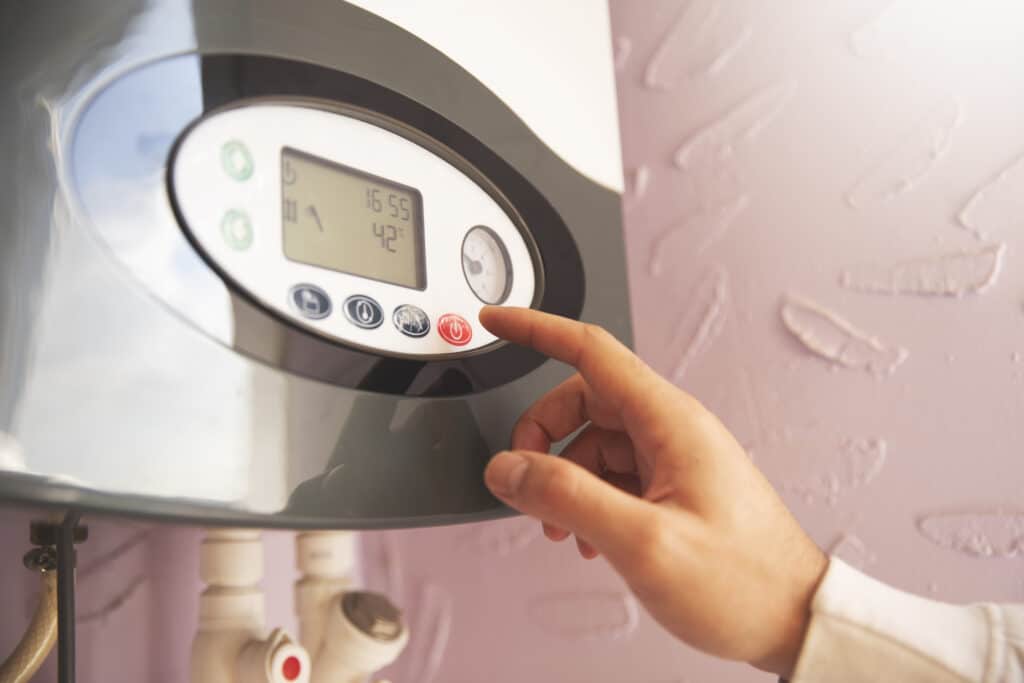
Energy Efficiency and Cost Savings
One of the biggest advantages of upgrading to a tankless water heater is its energy efficiency. Unlike traditional water heaters that constantly heat and store water, tankless systems only activate when hot water is needed. This eliminates standby energy loss, which occurs when heated water sits unused in a storage tank.
According to the U.S. Department of Energy, tankless water heaters can be 24%–34% more energy-efficient than conventional water heaters in homes that use less than 41 gallons of hot water per day. Even in larger households that use more hot water, efficiency improvements still range between 8%–14%. Over time, this reduction in energy use leads to significant savings on monthly utility bills.
Homeowners in Briar, TX, can especially benefit from these savings. With fluctuating energy prices, a tankless water heater helps keep costs predictable while reducing overall energy consumption. Additionally, some state and federal programs offer rebates or tax incentives for installing energy-efficient appliances, making the switch even more affordable.
Beyond direct savings, the improved efficiency of a tankless system reduces strain on home energy systems. This can extend the lifespan of related appliances and contribute to a lower carbon footprint. By choosing a tankless system, homeowners not only cut costs but also make an environmentally responsible decision.
In the next section, we’ll explore how a tankless water heater ensures a continuous hot water supply, eliminating the frustration of running out during peak usage times.
Endless Hot Water Supply
One of the biggest frustrations with traditional water heaters is running out of hot water. If multiple people take showers back-to-back or appliances like dishwashers and washing machines run simultaneously, the stored hot water depletes quickly. A tankless water heater solves this issue by providing a continuous supply of hot water whenever needed.
Unlike traditional systems that store and reheat a limited amount of water, tankless models heat water instantly as it flows through the unit. This means homeowners in Briar, TX, never have to worry about waiting for a tank to refill and reheat. Whether you have a large family or frequently entertain guests, a tankless water heater ensures an uninterrupted hot water supply.
Additionally, these systems can handle multiple appliances running at once. While the unit’s capacity depends on factors like flow rate and fuel type, properly sized tankless water heaters can support simultaneous showers, dishwashing, and laundry without a drop in temperature. This makes them an excellent solution for households with high hot water demands.
Some homeowners worry that tankless water heaters may struggle in extreme temperatures. However, modern units are designed to perform efficiently year-round, even in colder climates. With the right system in place, you can enjoy reliable hot water regardless of seasonal changes.
Next, we’ll explore how a tankless water heater saves space and offers more installation flexibility than traditional models.
Space-Saving Design
Traditional water heaters take up a lot of space due to their bulky storage tanks. For homeowners with limited room, finding a suitable spot for a large unit can be challenging. A tankless water heater offers a space-saving solution by eliminating the need for a storage tank, making it ideal for smaller homes, apartments, and utility closets.
Unlike conventional models, which require a dedicated floor area, tankless systems are compact and wall-mounted. This frees up valuable space in garages, basements, and laundry rooms. In homes with minimal storage, this added flexibility allows for better organization and improved use of available square footage.
Homeowners in Briar, TX, can also benefit from the versatile installation options of tankless water heaters. These units can be installed indoors or outdoors, depending on the model and climate conditions. Some models are designed for tight spaces, such as under sinks or inside cabinets, providing even more installation flexibility.
Another advantage is the reduced risk of water damage. Traditional water heaters with storage tanks can leak over time, leading to costly repairs. Because tankless units don’t store water, the risk of leaks and water-related damage is significantly lower. This makes them a safer and more reliable choice for homeowners.
Durability and Longevity
A tankless water heater is not only efficient but also built to last. Traditional water heaters with storage tanks typically have a lifespan of 10 to 15 years, while tankless models can last 20 years or more with proper maintenance. This extended lifespan makes them a smart long-term investment for homeowners looking to avoid frequent replacements and repairs.
One reason for their durability is that they don’t constantly hold and heat water. Storage water heaters experience wear and tear from repeated heating cycles, leading to corrosion, rust, and sediment buildup. Over time, these issues can cause leaks and reduce heating efficiency. In contrast, a tankless water heater only operates when hot water is needed, significantly reducing internal damage and prolonging the system’s life.
Another advantage is the lower maintenance requirements. While traditional water heaters require frequent flushing to remove sediment and prevent rust, tankless models need minimal upkeep. However, regular descaling and flushing are recommended, especially in areas with hard water, to prevent mineral buildup inside the heat exchanger. Many modern units come with self-cleaning or scale detection features, making maintenance even easier for homeowners.
For homeowners in Briar, TX, investing in a long-lasting water heater means fewer replacements and lower overall costs over time. Since tankless water heaters experience less strain and degradation, they maintain their efficiency for years, ensuring reliable hot water without the frequent breakdowns that traditional models may face. Additionally, because they don’t have a large storage tank, the risk of catastrophic leaks and water damage is greatly reduced.
In the next section, we’ll explore how a tankless water heater benefits the environment by reducing energy use, lowering carbon emissions, and minimizing water waste.
Eco-Friendly Benefits
Switching to a tankless water heater isn’t just good for your home it’s also a smart choice for the environment. These systems are designed to use less energy, reduce water waste, and lower carbon emissions, making them an eco-friendly alternative to traditional storage water heaters.
One of the biggest environmental benefits is energy efficiency. Traditional water heaters continuously heat and store water, even when it’s not in use. This process, known as standby heat loss, wastes energy and increases utility costs. In contrast, a tankless water heater only heats water when needed, significantly cutting down on energy consumption. According to the U.S. Department of Energy, tankless systems can improve energy efficiency by 24% to 34% in homes with lower water usage and 8% to 14% in larger households.
Another major advantage is water conservation. Traditional water heaters take time to reheat stored water, which often results in wasted water as homeowners wait for it to reach the desired temperature. A tankless water heater provides hot water instantly, reducing the amount of water wasted while waiting for it to heat up. This is especially beneficial in areas prone to drought or water restrictions, like Briar, TX.
Additionally, tankless water heaters produce fewer greenhouse gas emissions. Because they consume less fuel (whether gas or electricity), they help lower a home’s carbon footprint. Many models are also Energy Star® certified, meaning they meet strict energy efficiency guidelines set by the U.S. Environmental Protection Agency (EPA). Some states even offer rebates or tax incentives for upgrading to an energy-efficient water heater.
Installation Considerations
Upgrading to an on-demand water heating system offers many benefits, but it’s important to understand the installation process before making the switch. While these units are compact and efficient, they require specific plumbing and electrical or gas line configurations to function properly.
One key factor to consider is fuel type and availability. These systems can run on electricity, natural gas, or propane. Homeowners in Briar, TX, should determine which fuel source is most efficient and cost-effective for their household. Gas-powered units generally provide higher flow rates and work well for larger families, while electric models are often easier to install in homes without gas lines.
Plumbing and venting requirements also play a role in the installation process. Since water is heated on demand, proper water pressure and flow rates are necessary for efficiency. Gas-powered models often need dedicated venting systems to expel exhaust safely, while electric models may require upgraded wiring and circuit capacity to handle the increased power demand.
Another consideration is proper unit sizing. Unlike traditional storage tanks, on-demand systems must be chosen based on a home’s hot water needs. If a unit is too small, it may struggle to supply enough heated water for simultaneous use in showers, dishwashers, and washing machines. A professional plumber can help determine the right model based on household size and usage habits.
Because installation can involve upgrading gas lines, electrical systems, or plumbing, it’s best to hire a licensed plumber for the job. Proper installation ensures safety, efficiency, and compliance with local building codes. In the next section, we’ll discuss how to choose the right system for your specific needs.
Choosing the Right Tankless Water Heater
Selecting the right system for your home requires careful consideration of several factors. With different sizes, fuel types, and efficiency ratings available, choosing the best unit ensures reliable hot water without overspending on energy costs.
1. Determine Your Hot Water Demand
One of the most important factors is the flow rate, which is measured in gallons per minute (GPM). Larger households in Briar, TX, may need a unit that can supply multiple showers and appliances simultaneously. To avoid shortages, homeowners should calculate their peak water usage and choose a model that meets or exceeds that demand.
2. Choose the Right Fuel Type
Tankless systems can be powered by natural gas, propane, or electricity. Gas-powered models generally provide a higher flow rate and are ideal for large families. Electric models, while more compact and easier to install, may struggle to meet high-demand needs unless multiple units are installed. It’s important to consider existing fuel sources and installation costs when making a decision.
3. Consider Energy Efficiency Ratings
High-efficiency models come with an Energy Factor (EF) or Uniform Energy Factor (UEF) rating, which indicates how effectively the unit converts energy into heat. Look for Energy Star® certified models to ensure maximum savings on utility bills. While high-efficiency models may cost more upfront, they provide long-term savings by reducing energy consumption.
4. Factor in Climate Conditions
Colder climates require more powerful units to heat incoming water efficiently. Homeowners should check the temperature rise required based on their region’s average groundwater temperature. In warmer climates like Texas, lower-powered units may be sufficient, but consulting a professional can help ensure the right choice.
By carefully evaluating these factors, homeowners can invest in a system that meets their needs while optimizing energy efficiency. In the next section, we’ll address common questions about tankless water heaters to help make the decision process even easier.

FAQ Section
1. How much maintenance does a tankless water heater require?
Maintenance needs are minimal compared to traditional storage tanks. However, regular descaling is recommended, especially in areas with hard water. Flushing the unit once a year helps prevent mineral buildup in the heat exchanger, ensuring optimal performance and longevity.
2. Will my tankless system work during a power outage?
Electric models will not function during a power outage unless connected to a backup power source. Gas-powered units also require electricity to ignite the burner, so they won’t operate unless they have a battery backup or generator.
3. Can an on-demand water heater support multiple appliances at once?
Yes, but the system must be sized correctly to handle peak demand. If multiple showers, washing machines, and dishwashers are used simultaneously, a unit with a higher flow rate (measured in gallons per minute) is necessary to maintain consistent hot water supply.
4. How long does installation take?
Professional installation usually takes one to two days, depending on factors like gas line upgrades, plumbing modifications, or electrical work. Hiring a licensed plumber ensures proper installation and compliance with local codes.
5. Are there financing options or rebates available for installation?
Many utility companies and government programs offer rebates or tax incentives for installing energy-efficient appliances. Homeowners should check with local energy providers or the U.S. Department of Energy’s website to explore available savings.

















